Princess of Amapiano, DJ and Producer Uncle Waffles is adidas South Africa’s Latest Superstar
adidas South Africa announced multi-platinum international DJ-producer Uncle Waffles as the latest partner to sign to their Lifestyle portfolio. To celebrate the partnership, she features in the global “Superstar: The Original” campaign joining a multi-generational cast including Samuel L. Jackson, Missy Elliott, JENNIE, Anthony Edwards, Mark Gonzales and GloRilla, to name a few.
“Superstar: The Original” brings together an unprecedented roster of cultural trailblazers who exemplify what it means to be an Original Icon. The newly released campaign with Uncle Waffles spotlights the groundbreaking artist rocking her superstars in a series of bold, black and white shots – an ode to the Superstar’s original colorway.
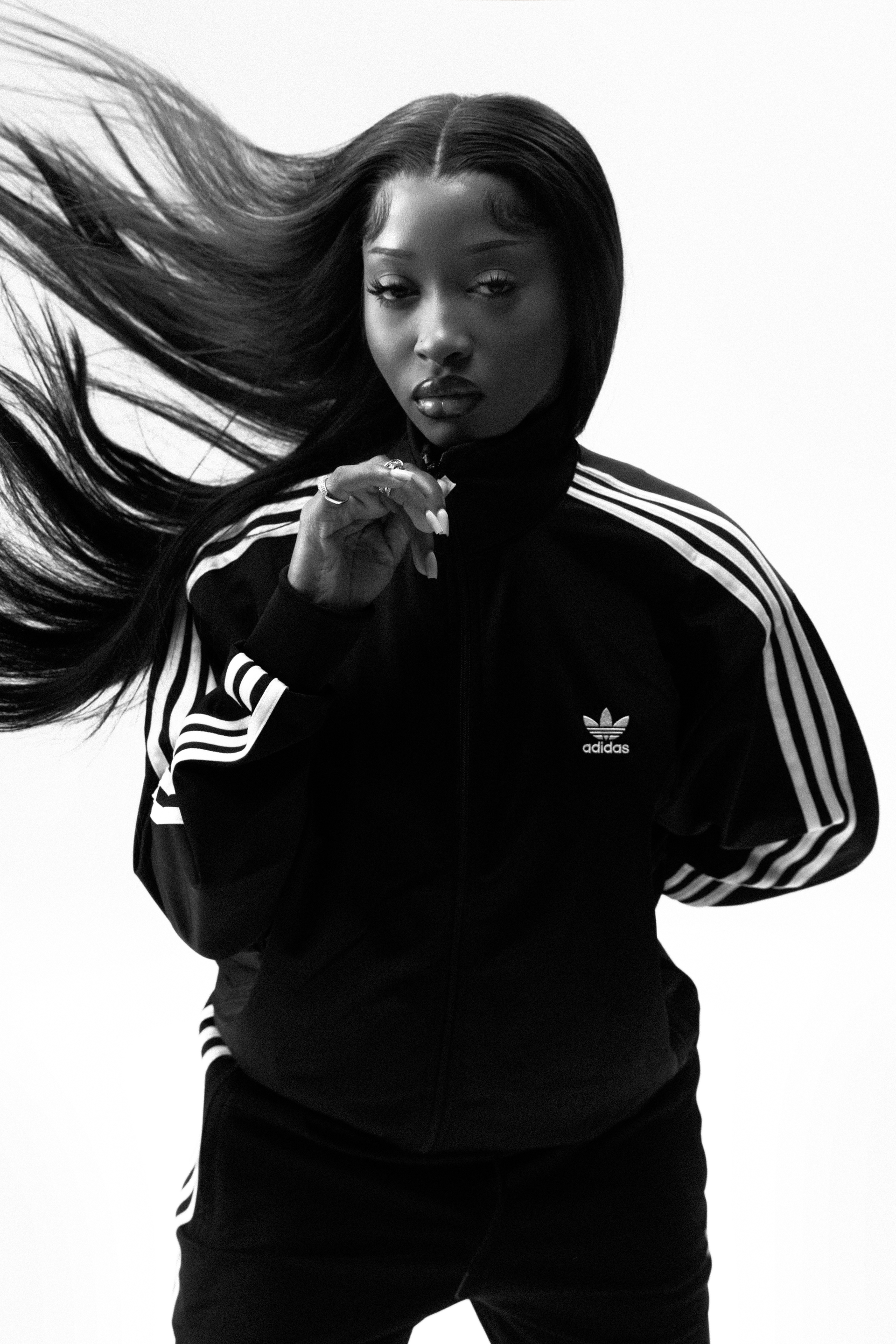
Photography courtesy of Play Makers
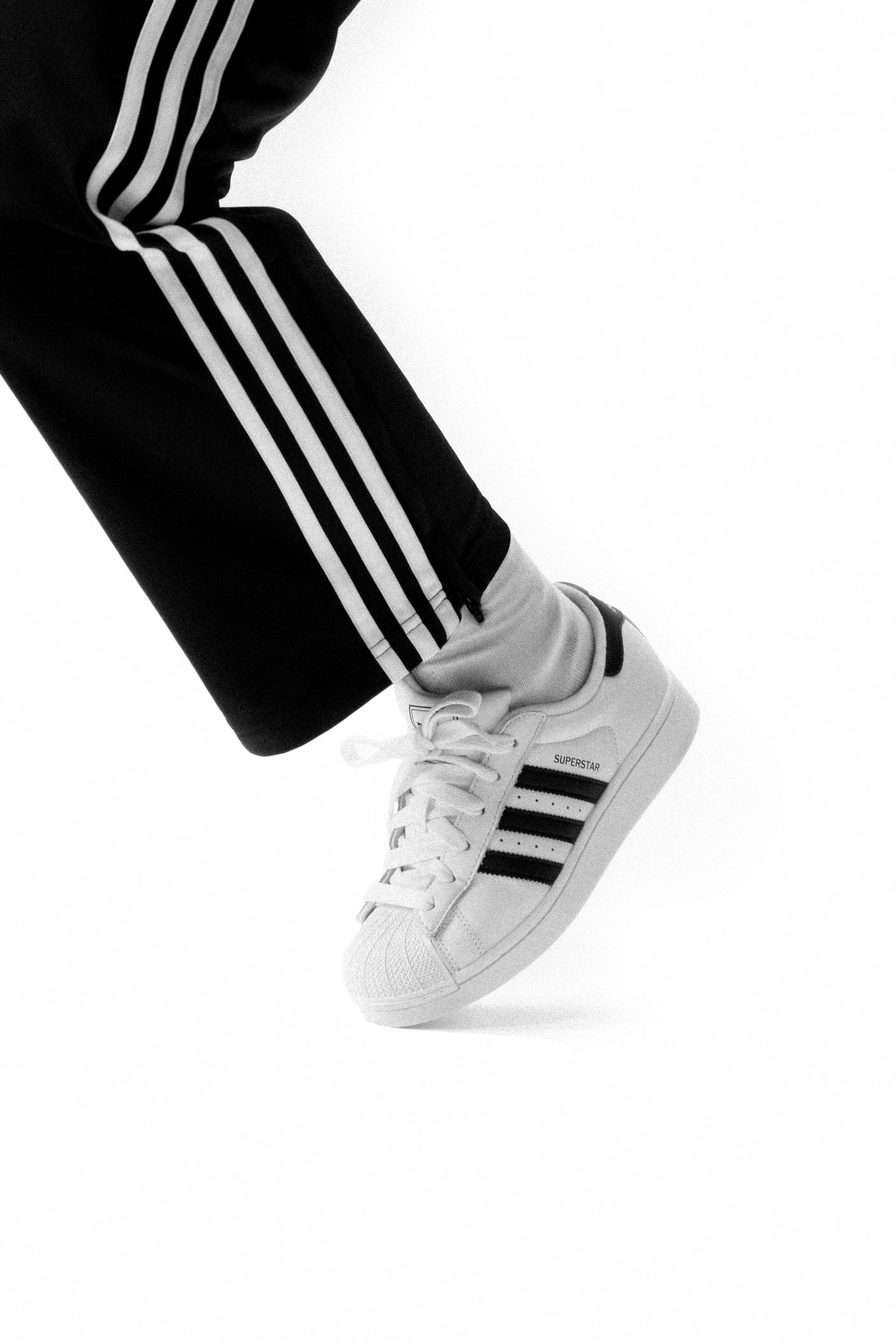
Uncle Waffles defines what it means to be an Original Icon through her authenticity and innovation. Dubbed the Princess of Amapiano, she has been monumental in bringing the South African genre to the mainstream. In 2023, Uncle Waffles made history as the first Amapiano DJ to play on a main stage at the world-renowned Coachella Valley Music and Arts Festival. Her unique style of dancing and viral social media videos helped accelerate her music career, where she quickly established herself as an internationally acclaimed standout artist. With 6.2 million followers across platforms as of August 2025, Uncle Waffles has proven to be a global powerhouse.
At the heart of adidas’ partnership with Uncle Waffles is the recognition of working with impactful icons that continue to shape music, fashion and culture not only locally, but on a global scale too.
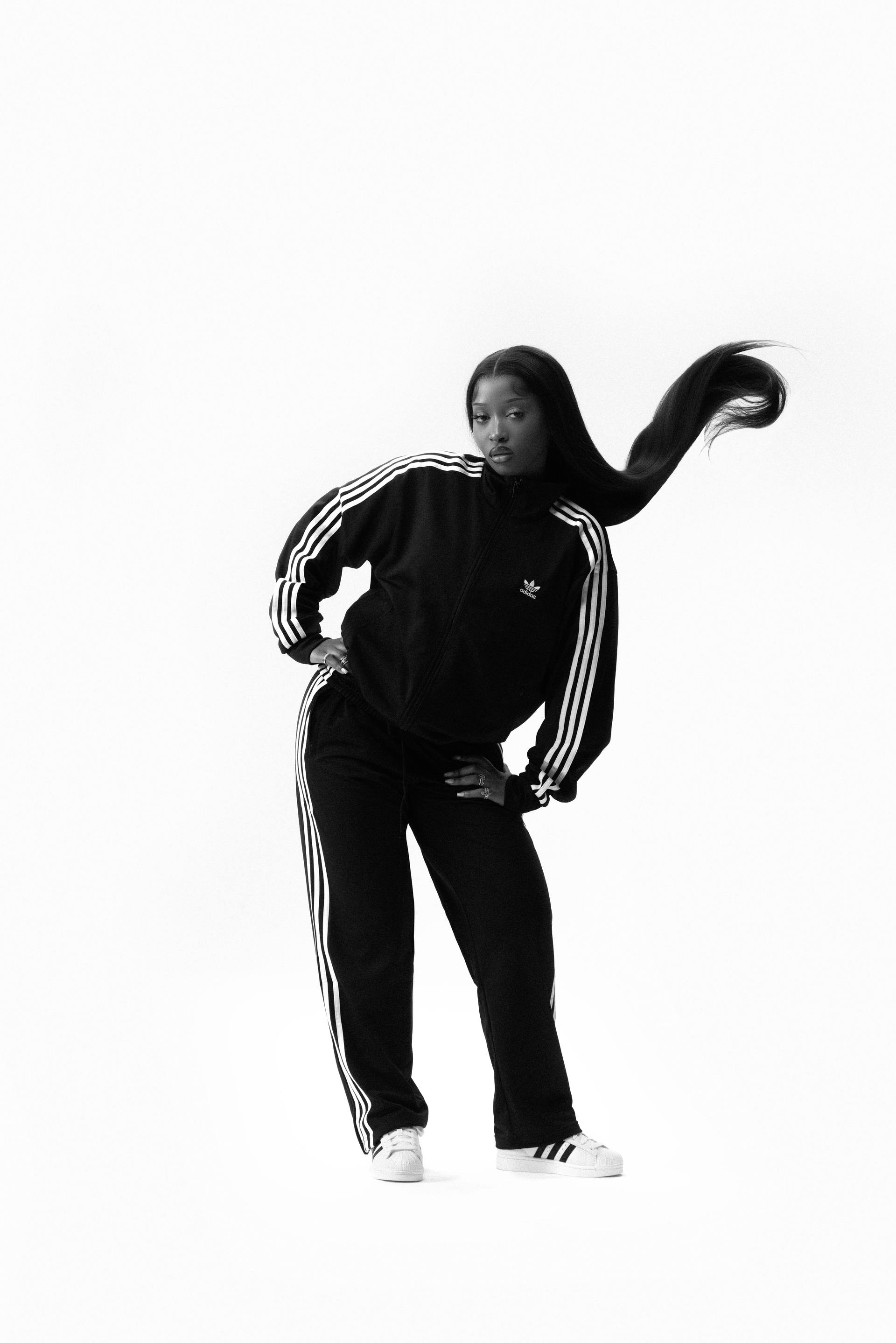
Photography courtesy of Play Makers
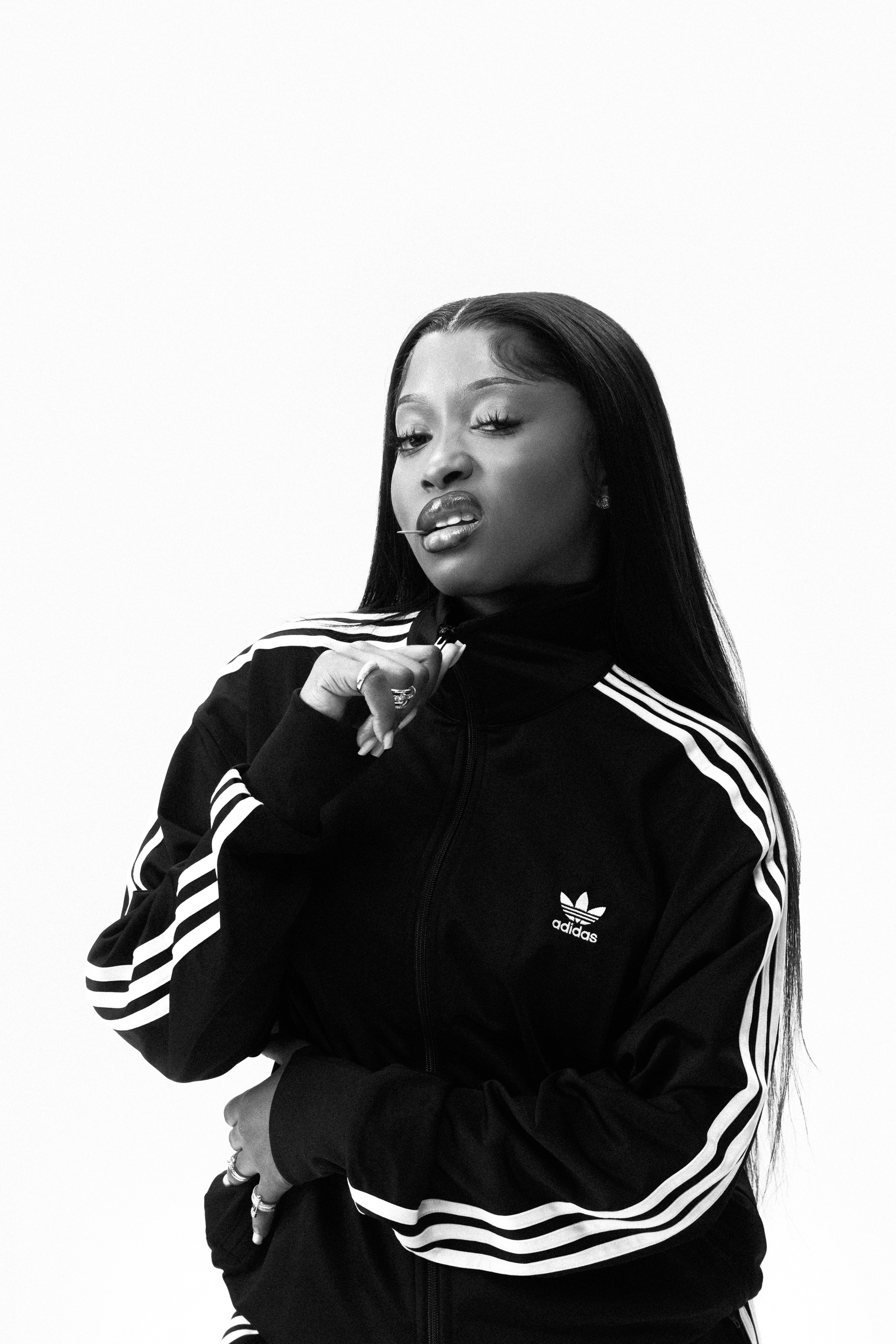
About adidas Originals
Inspired by the rich sporting heritage of adidas – one of the world’s leading sports brands and a global designer and developer of athletic footwear and apparel – adidas Originals is a lifestyle brand founded in 2001. With the adidas archive at its foundation, adidas Originals continues to evolve the brand’s legacy through its commitment to product innovation and its ability to filter the creativity and courage found on the courts and sporting arenas through the lens of contemporary youth culture. Marked by the iconic Trefoil logo that was first used in 1972 and championed by those that continue to shape and define creative culture, adidas Originals continues to lead the way as the pioneering sportswear brand for the street.
About Uncle Waffles
World-renowned DJ-producer Uncle Waffles is taking over the music scene by bringing the South African Amapiano genre to the forefront. She’s been making her rounds with international tours/performances and most recently performed at Coachella and Cannes in 2025. Despite being only 25 years old, Waffles has solidified her position in the industry in a way that hasn’t been done before. In 2024, she was nominated for a BET AWARD, nominated for a Headies Award and garnered nearly 3M followers on Instagram and over 3.3M followers on TikTok, and has amassed over 384K+ subscribers on YouTube. Since the beginning of her musical journey, she’s garnered major cosigns from top artists including Drake, Beyonce, Ciara, and more.
Follow Uncle Waffles on Instagram here
Press release courtesy of Play Makers
For more news, visit the Connect Everything Collective homepage www.ceconline.co.za

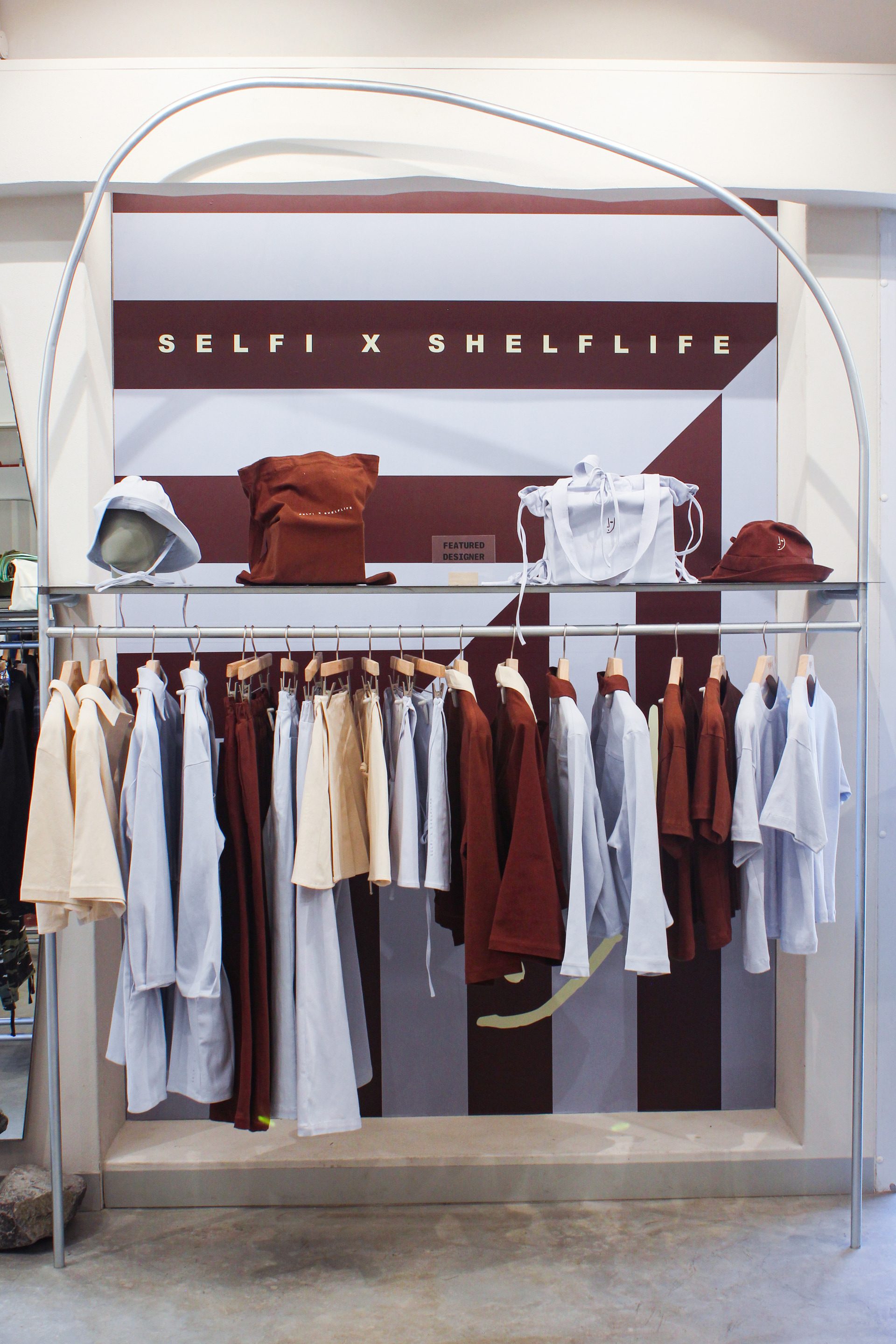
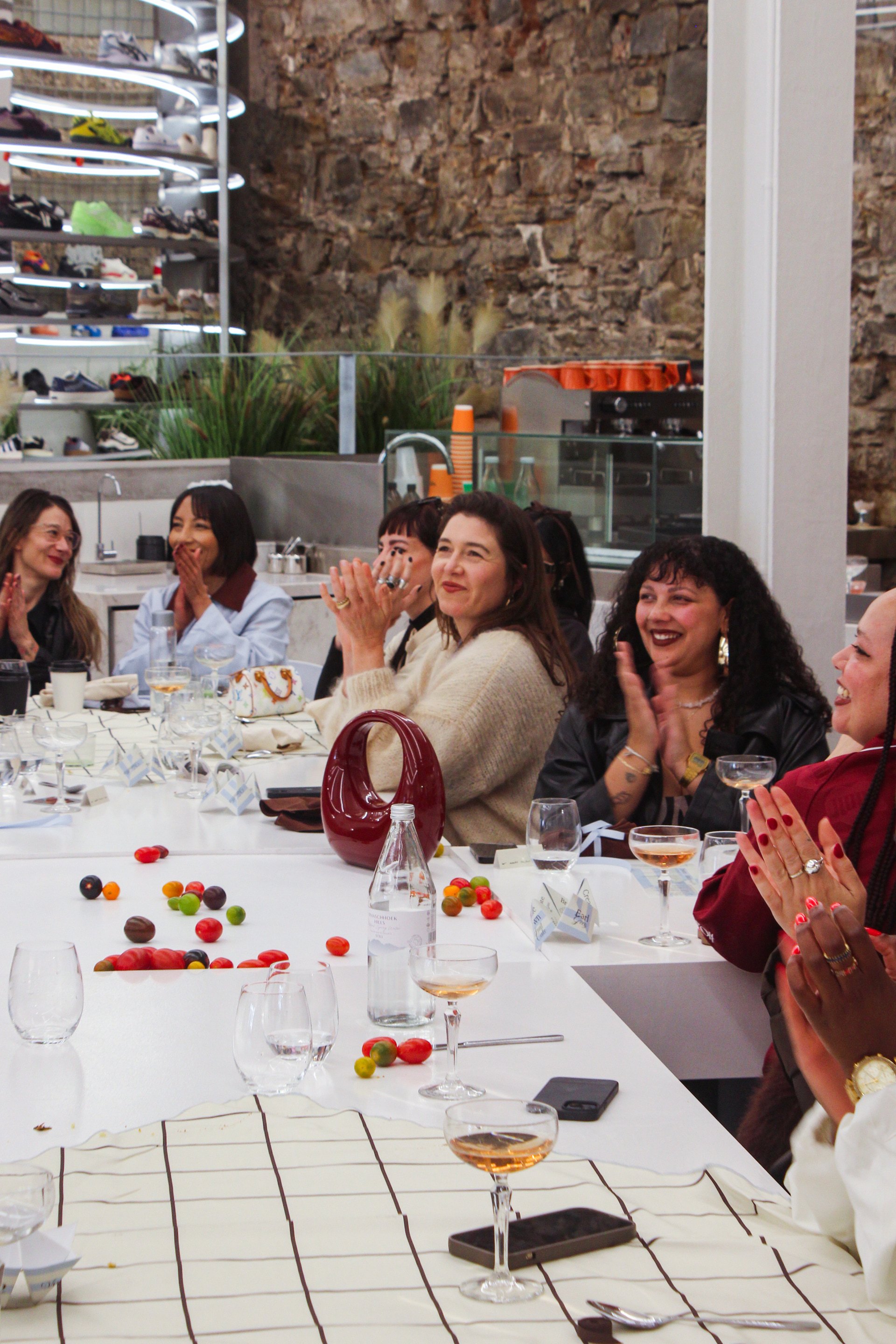

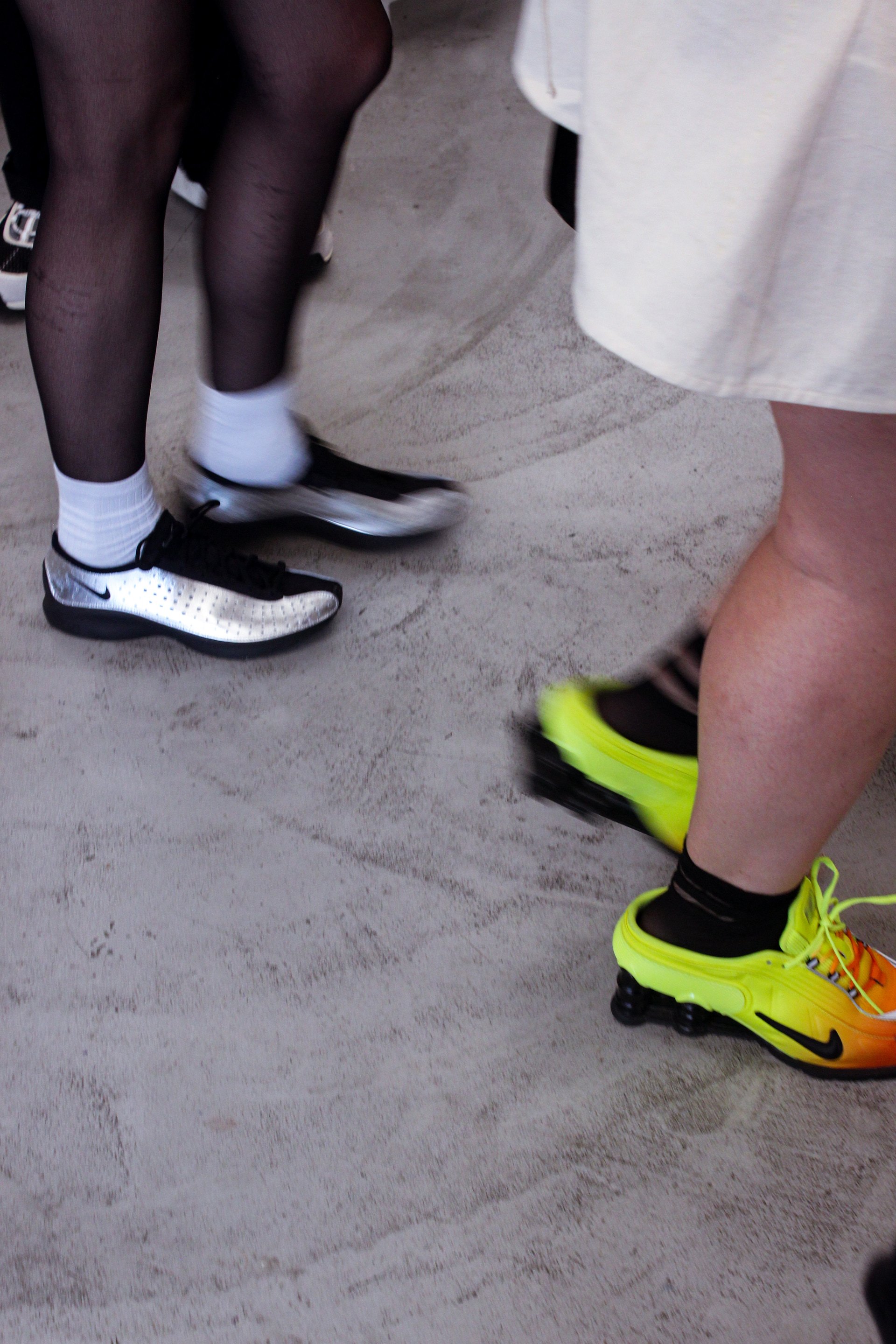
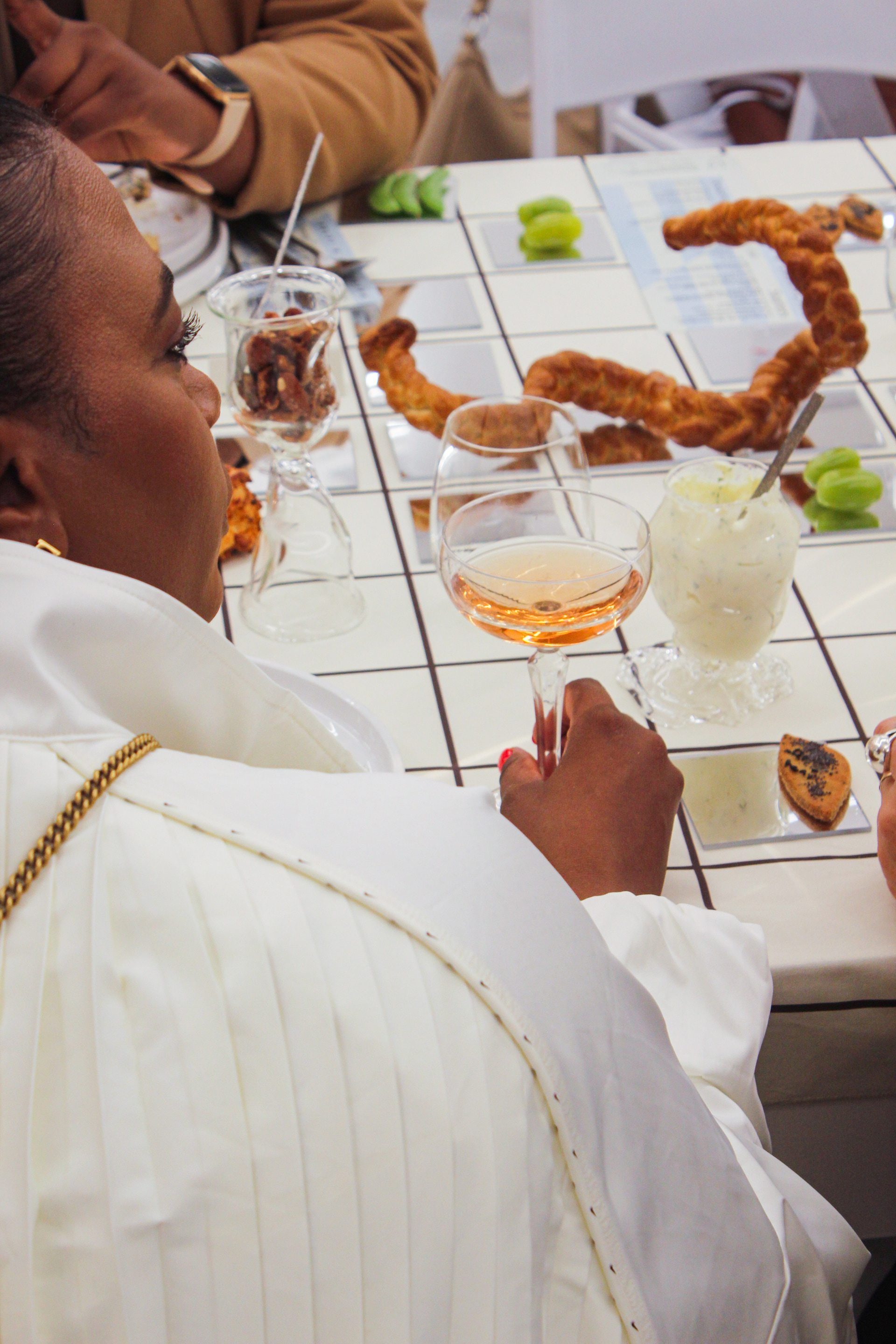
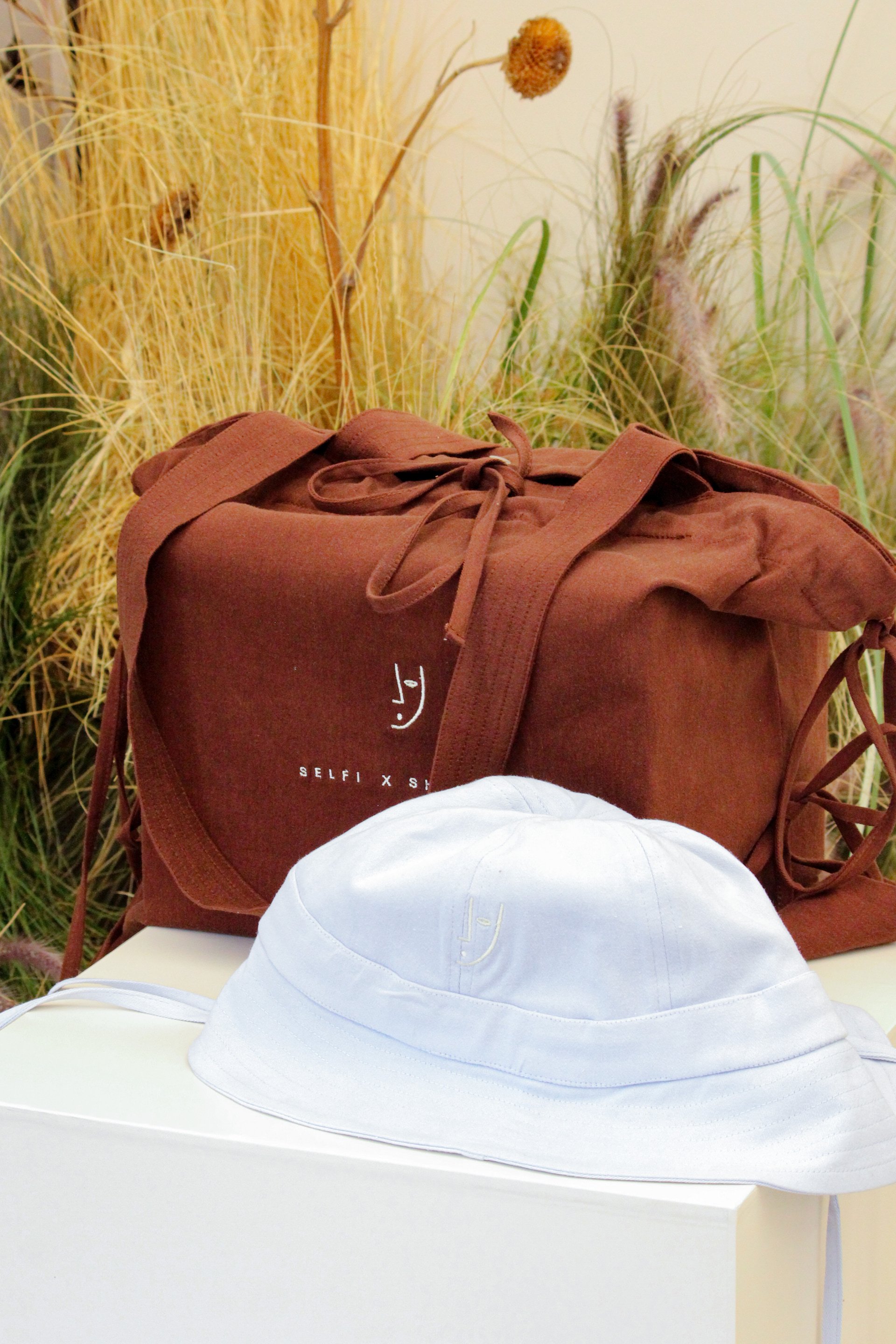
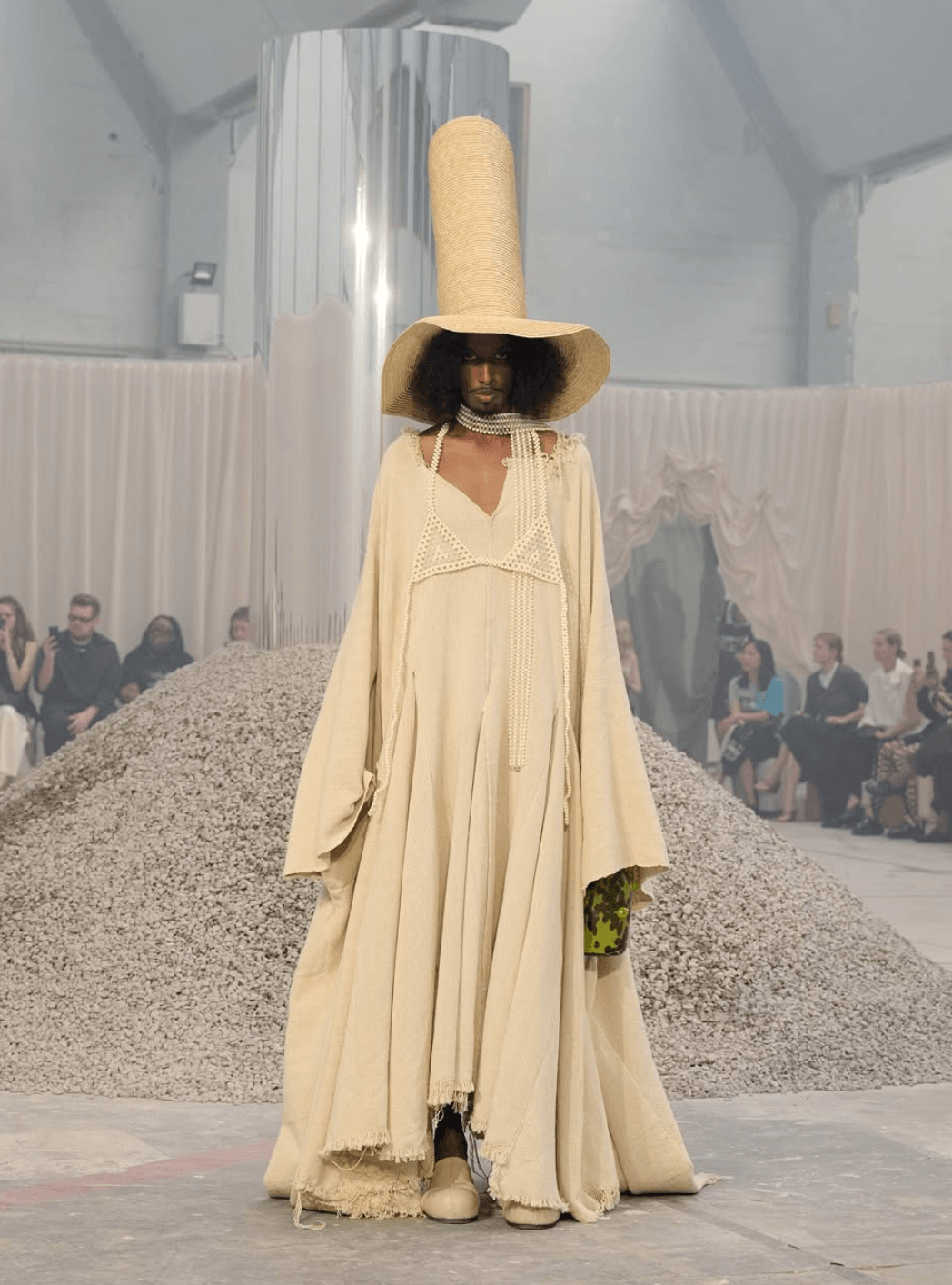
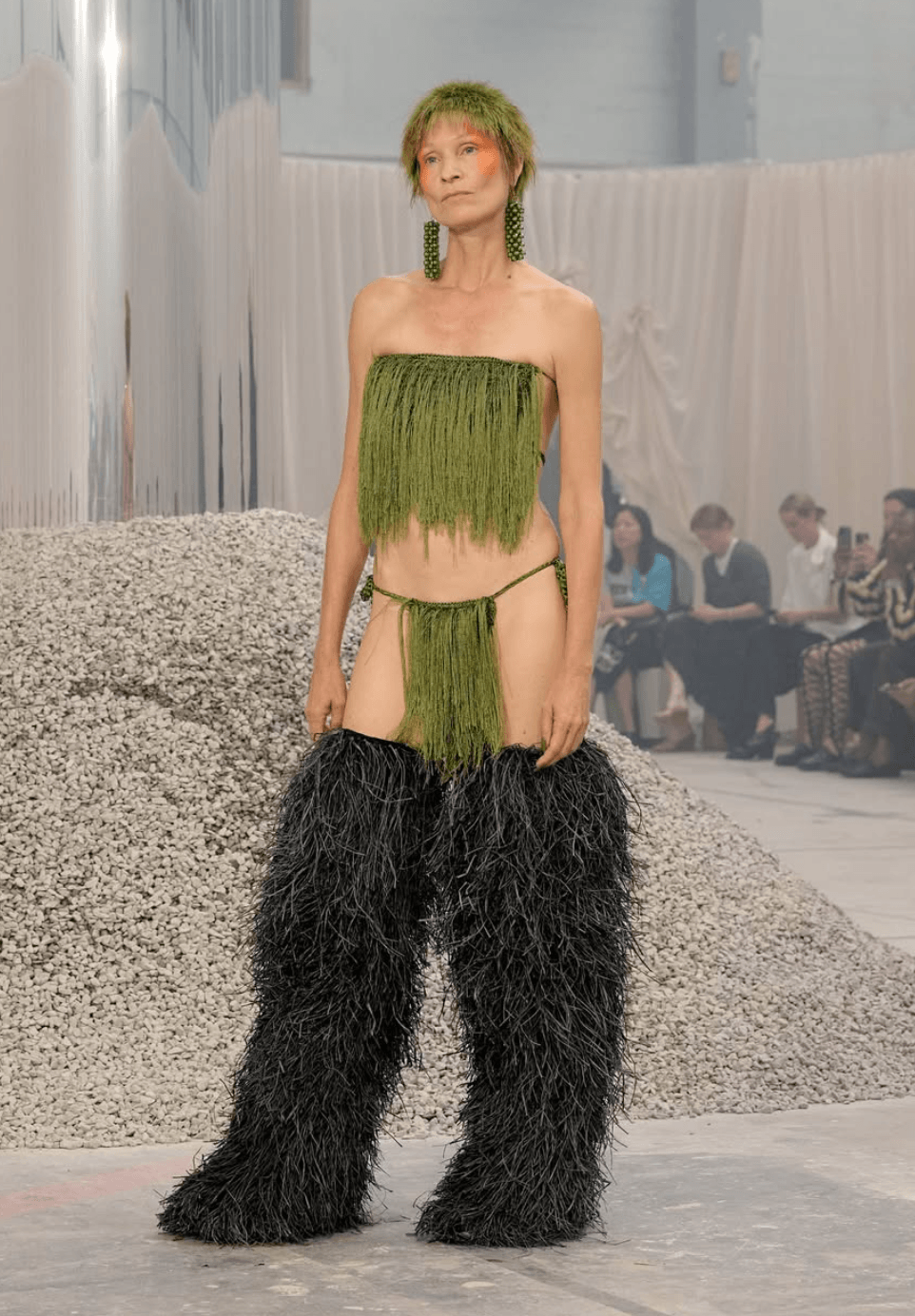
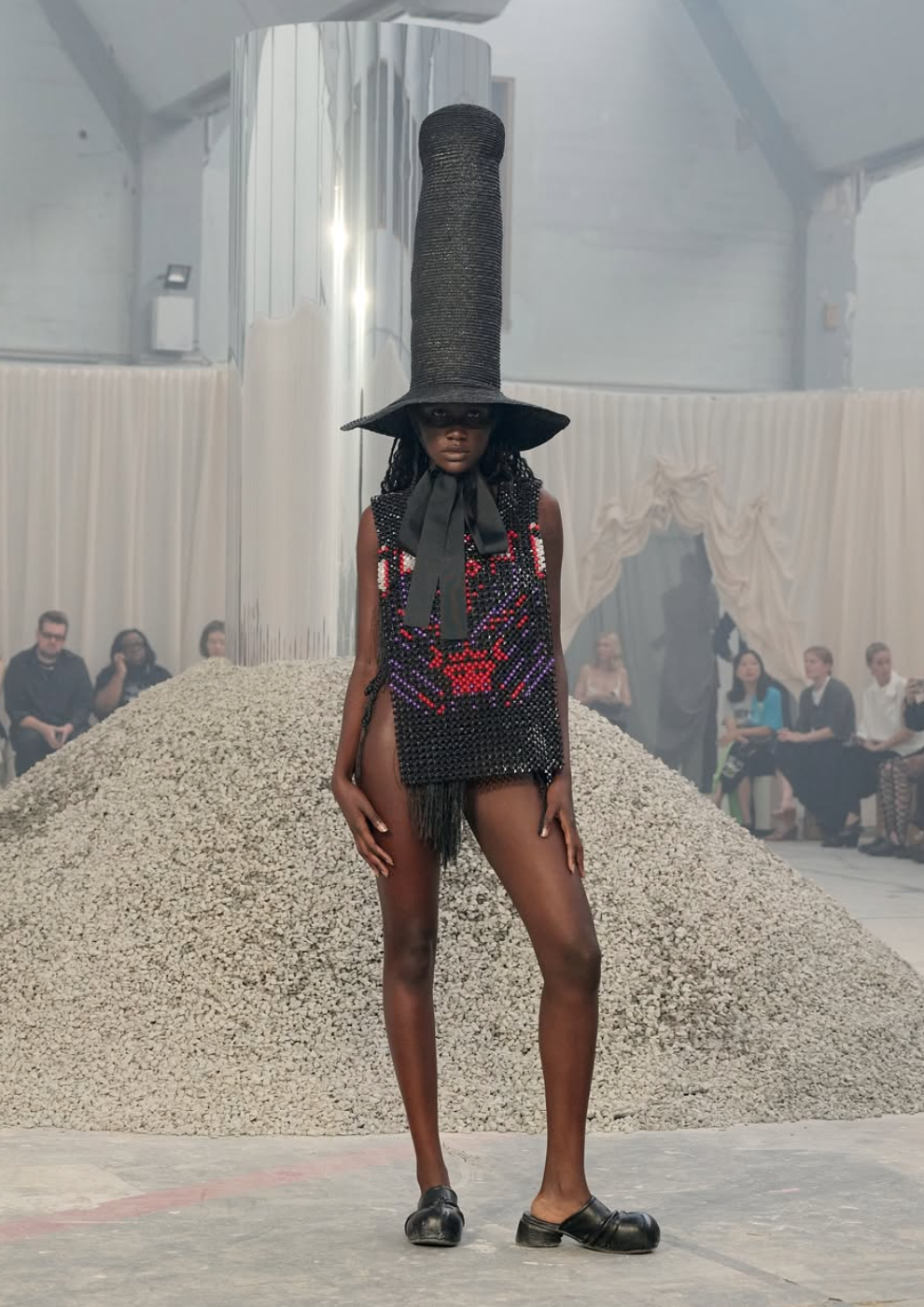
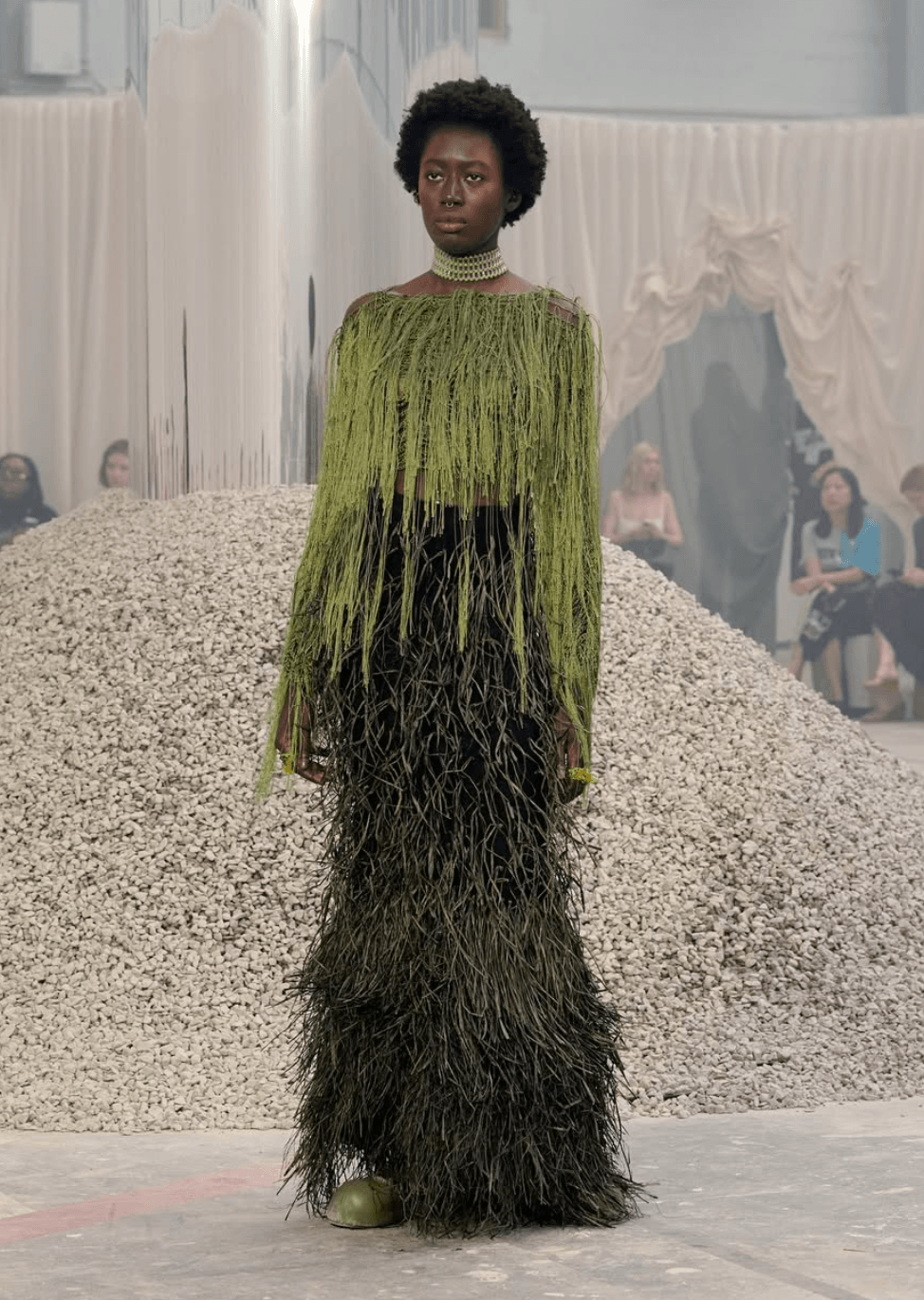
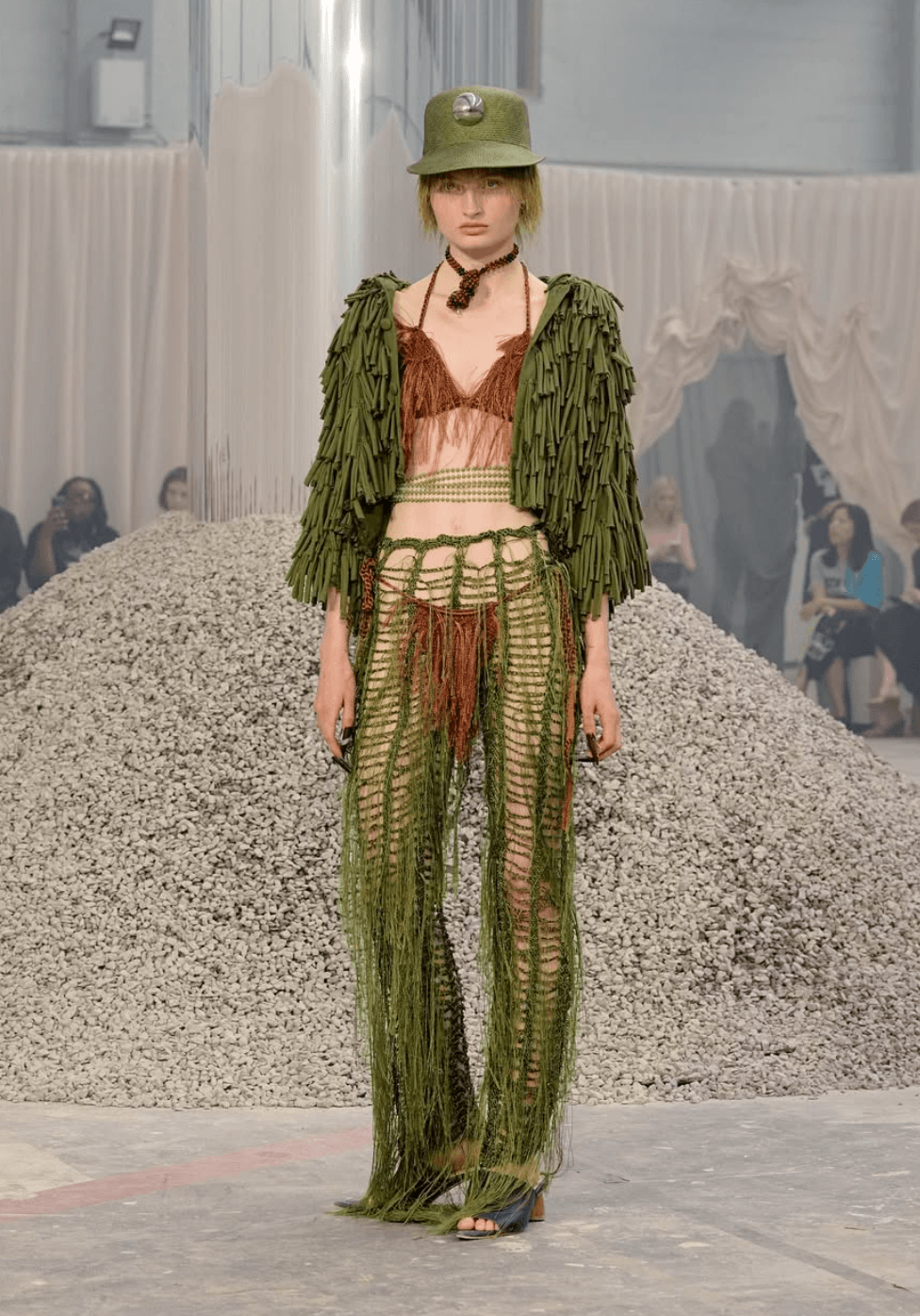
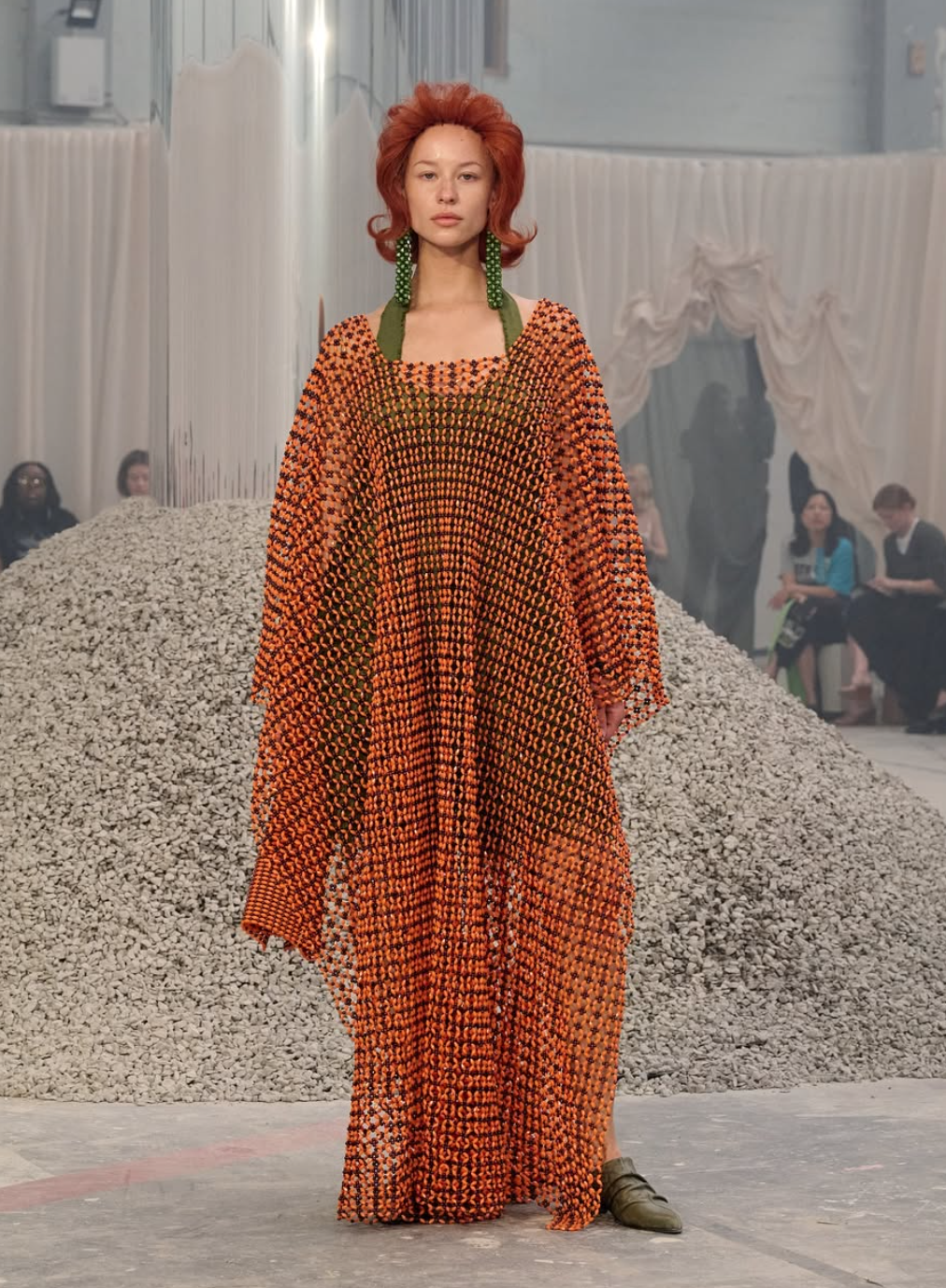
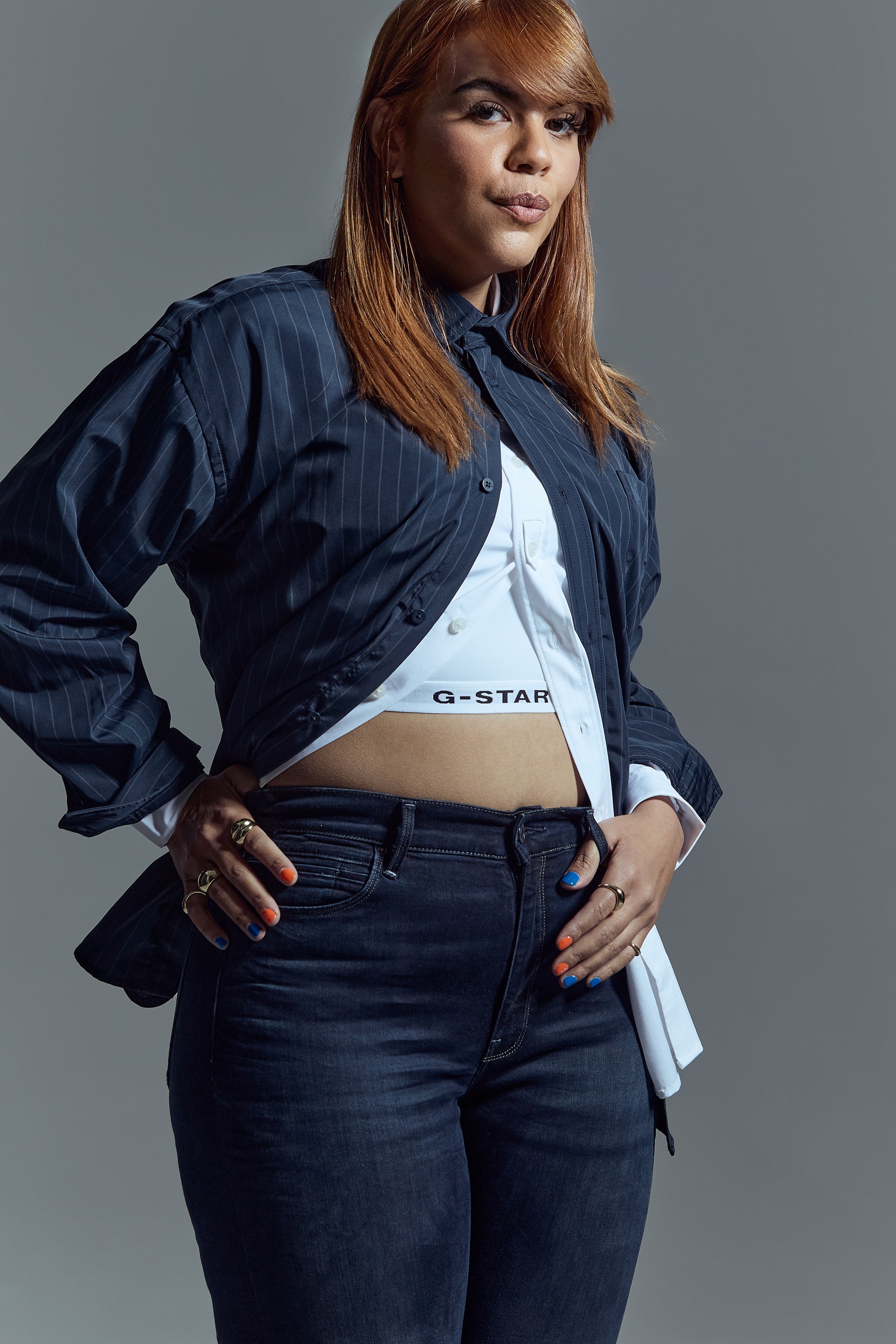
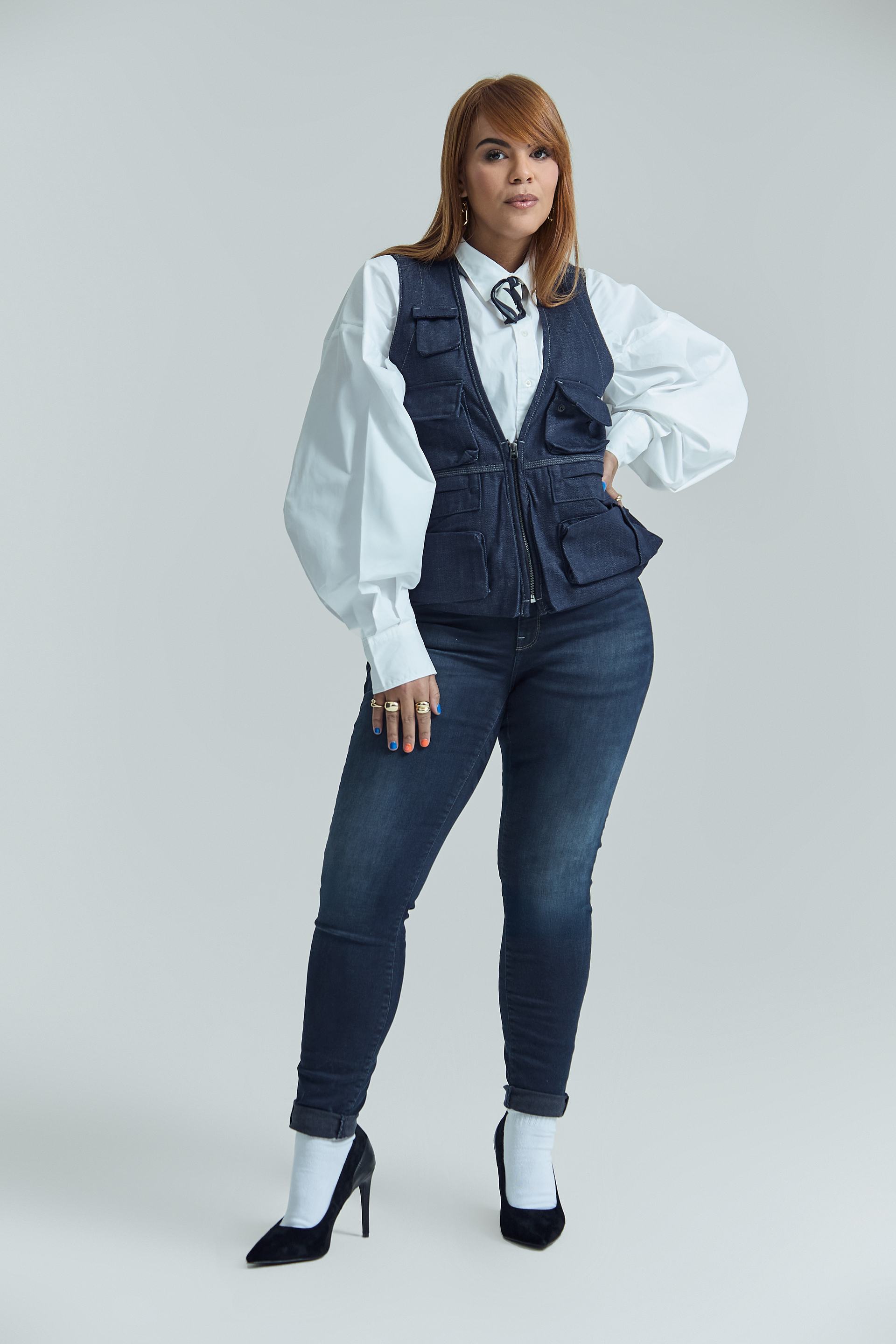

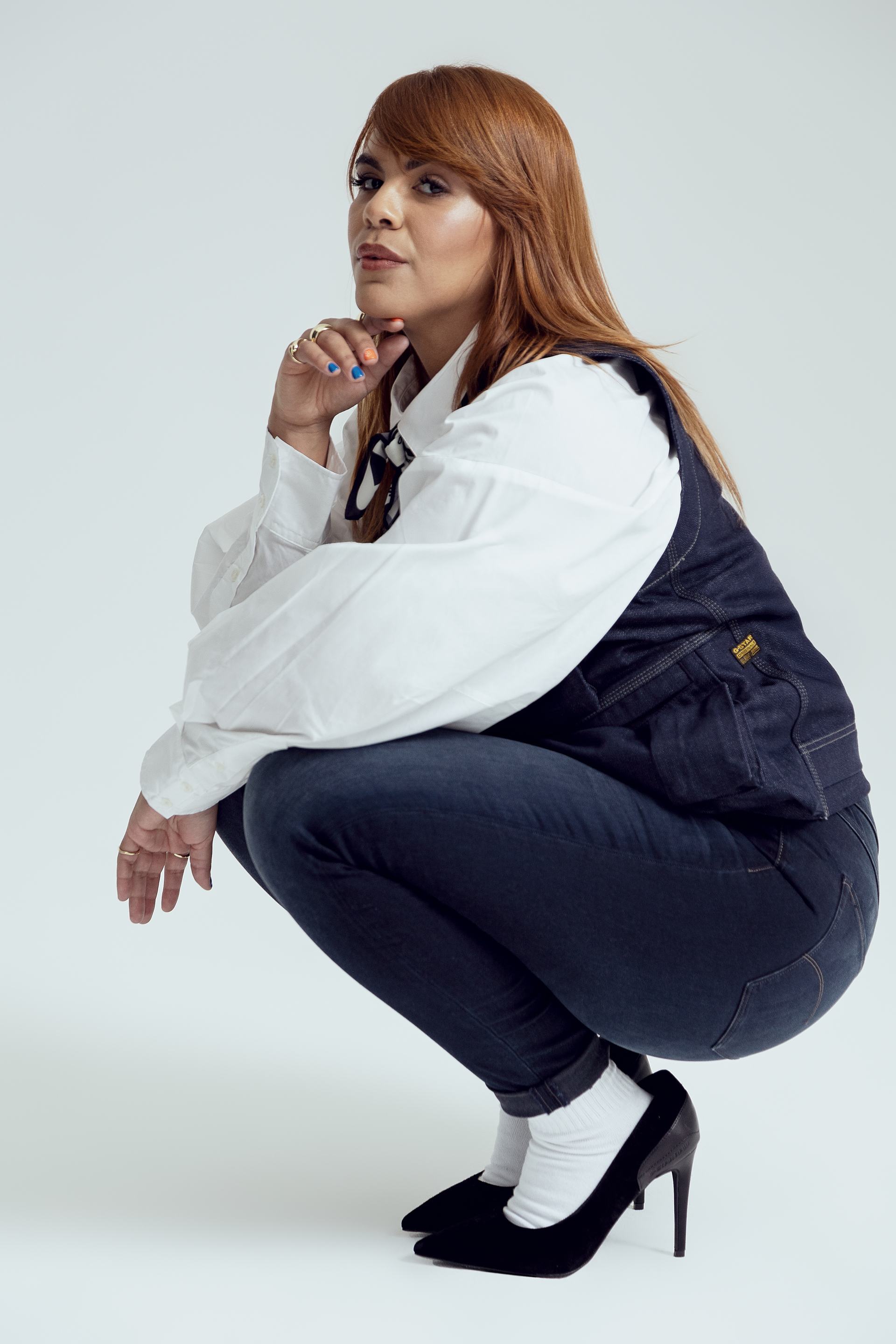



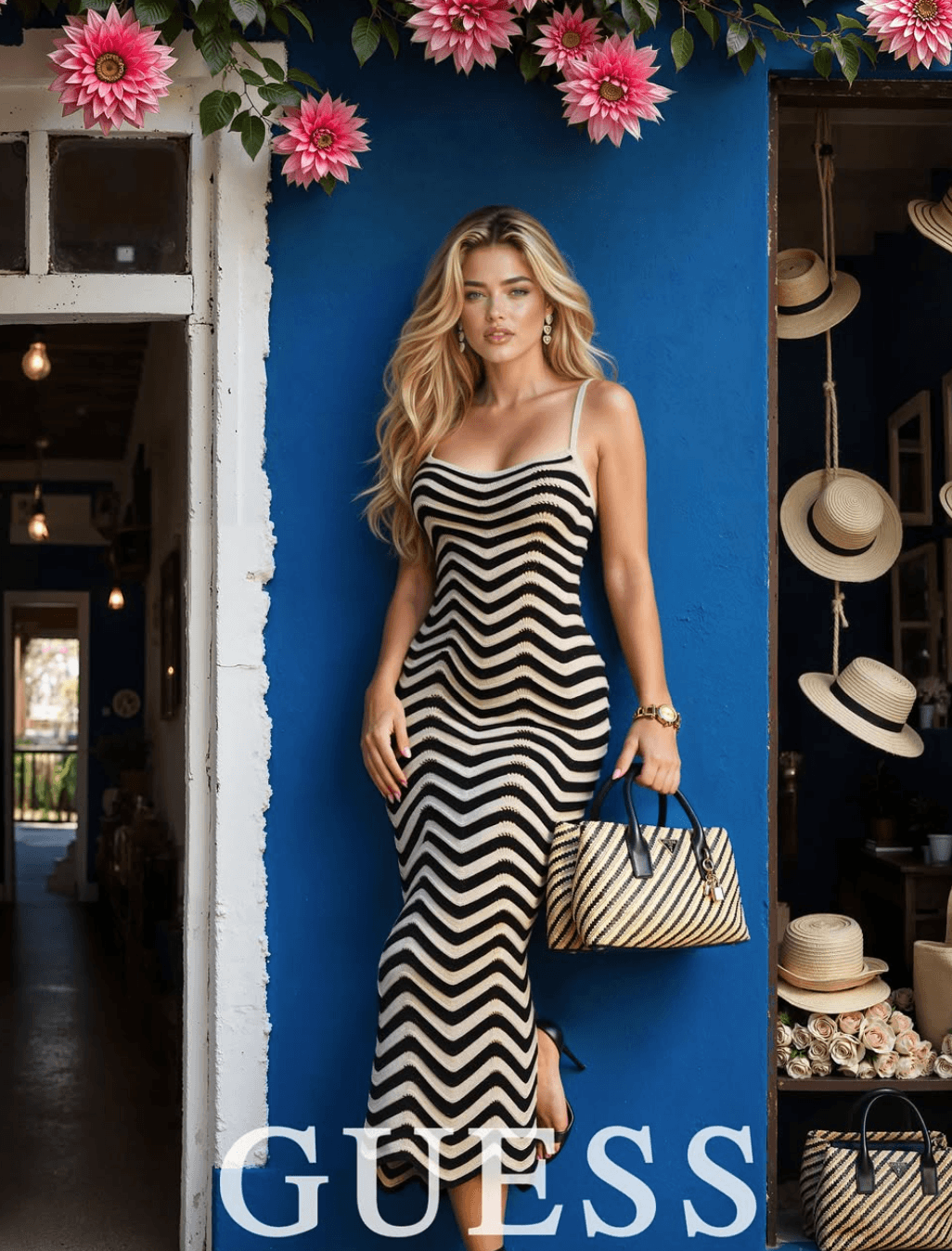
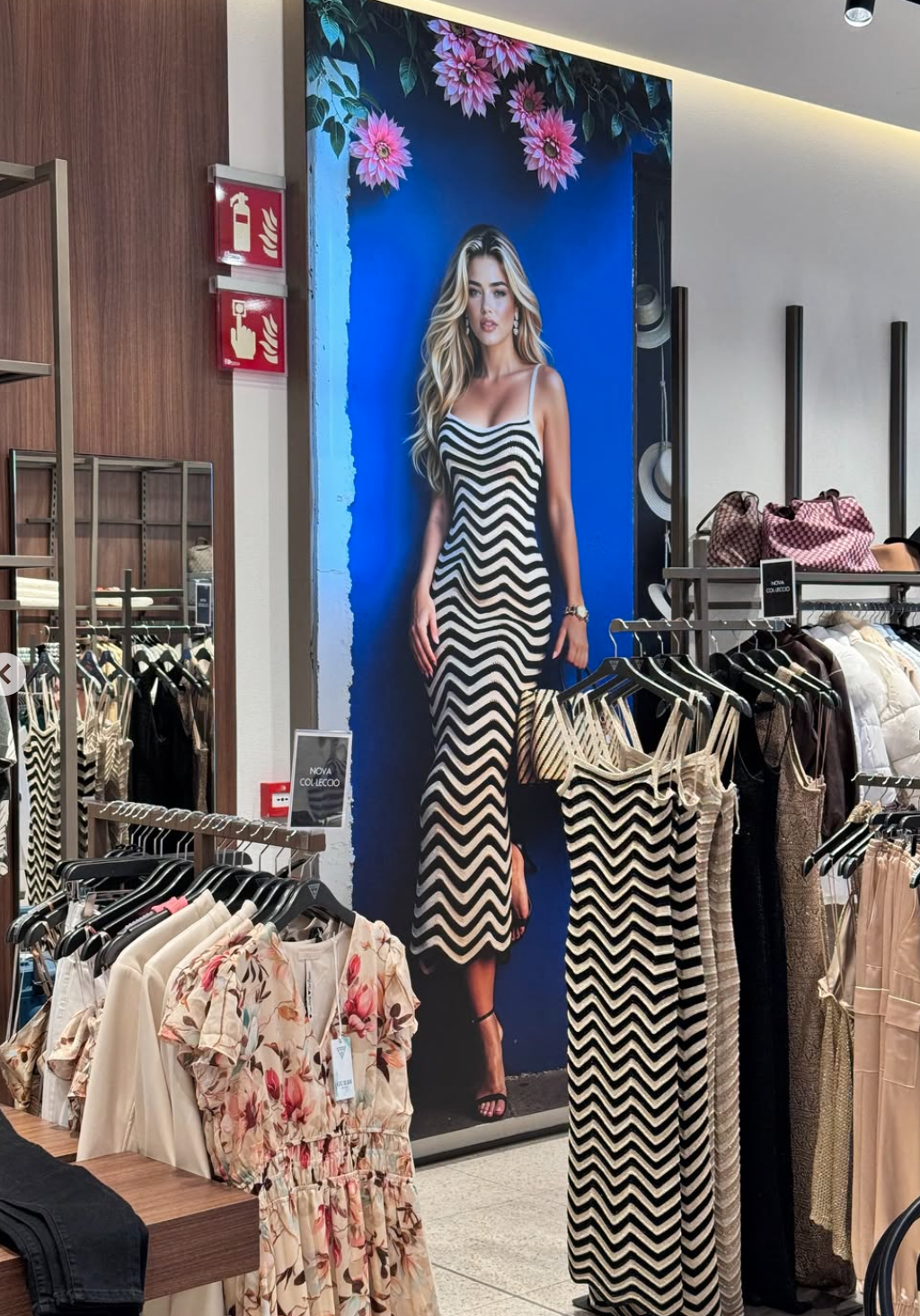

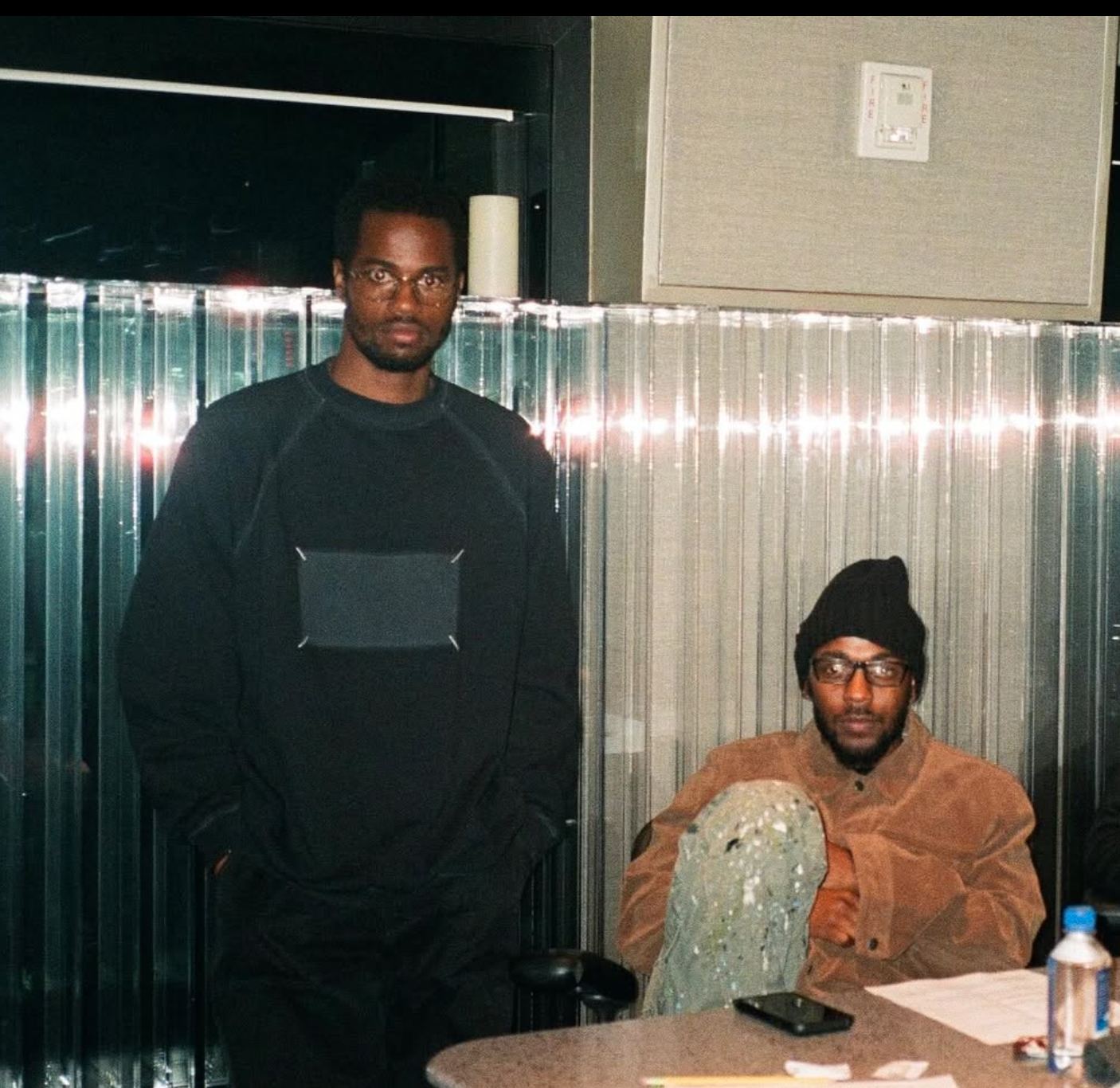
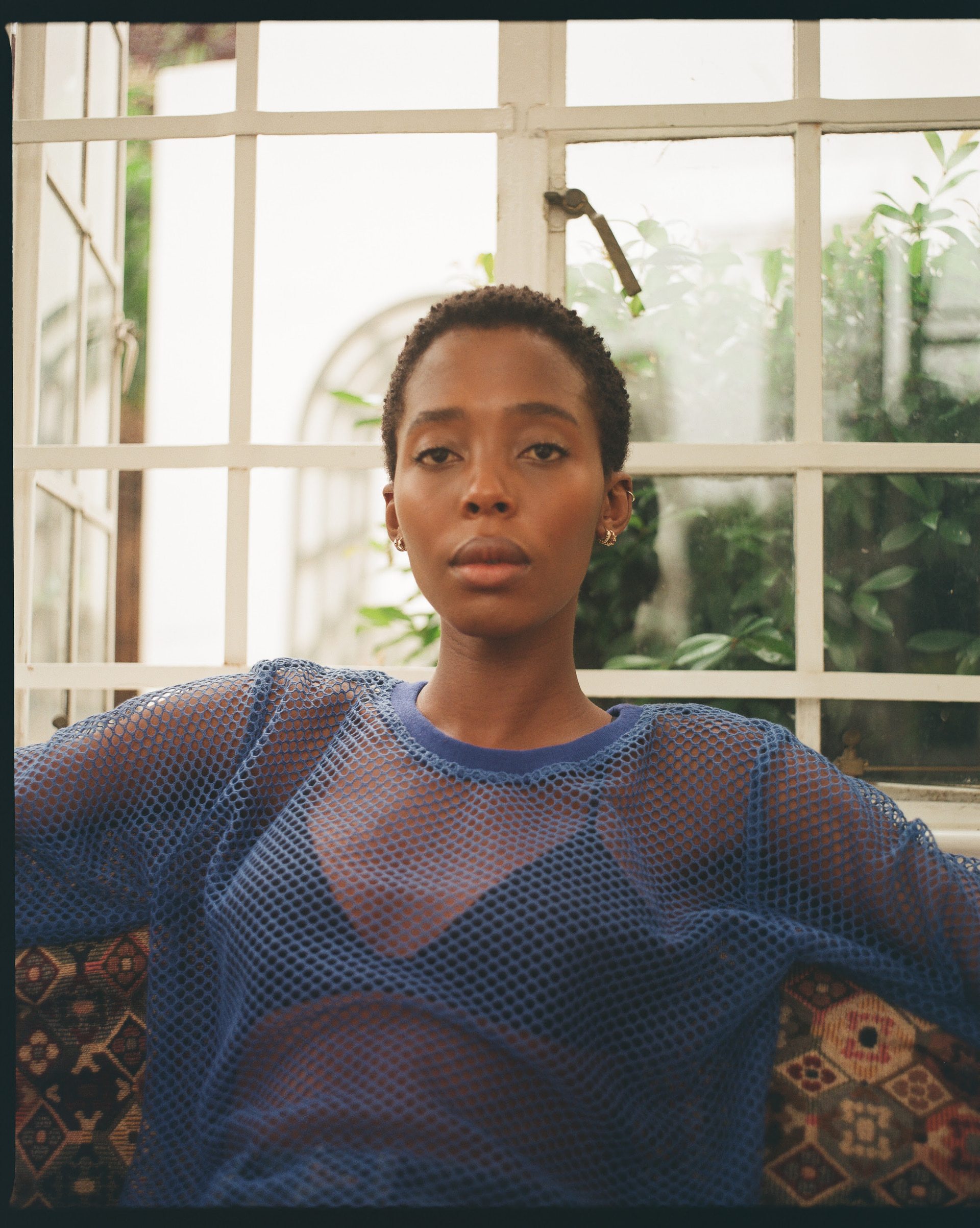
Recent Comments